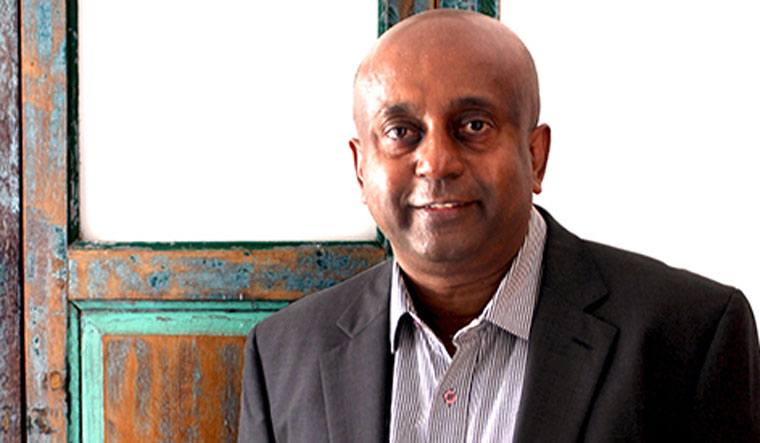An Australian citizen of Indian origin, Vinod Daniel is known for his work in heritage preservation, both in Australia and overseas. He is chairman of the Board for AusHeritage and member of the International Council of Museums (ICOM), Paris, and has worked in over 55 museums globally. Here, he talks about how we can improve Indian museums and how the pandemic has impacted them.
Q/ How would you compare museums in India with those in the west?
A/ In the developed world, museums have tried to become more relevant and connect with what is happening around the world—whether it is climate change, forest fires or Covid-19. Before, the definition of museums used to be very static—to collect, conserve, research and provide knowledge. But right now, it is all about how you become relevant to society. India is far behind in these approaches. China, for example, went on a campaign to develop their museums. They got experts and pumped enough money to build between 200 and 400 museums every year.
Q/ How has the pandemic impacted museums?
A/ During the pandemic, the museum sector really took a hit. It is not a very nimble sector anyway. The Met closed for six to nine months and went on a downward spiral. Its annual budget is around $400 million. For a big museum anywhere else, it would be $3 to $4 million. When museums like the Met struggle, the ripples are felt very far. I don’t think any substantial shows will come from the west until middle of this year.
In India, nearly 100 per cent of the museums are government-funded. So closure might not be an issue, but the operational aspect would be. There would not be enough money for employee salaries, gallery openings, public programmes and a host of other things.
Q/ How can we improve the condition of museums in India?
A/ We have to redesign how we are going to approach story-telling. This is a good opportunity for the government to rethink how they run museums. Do they still want it to be 100 per cent government-funded? Or should we have a balance, where the government gives a grant, but sets up an independent board so that museums can have a degree of flexibility to be innovative.
Indian food and films are a major component of our soft power, but not our collections. These occupy a very significant part in museums around the world, right from the Met to galleries in Paris and others. We should use them to celebrate India and see that our story is conveyed globally.
Q/ But we do not have the kind of resources that China has to improve our museums.
A/ A museum does not have to have a large corpus of funding. The sugarcane industry, for example, could have a small museum somewhere. Or the tea industry. There could be an old police building that is no longer used. How do you convey a story through that? We don’t need to copy the western model of doing blockbuster exhibitions, but we need to be clear about what story we want to say and make it very simple. We should have many more interactive elements—like talks, concerts, performances and lectures. Then the sector will become vibrant and will survive.


